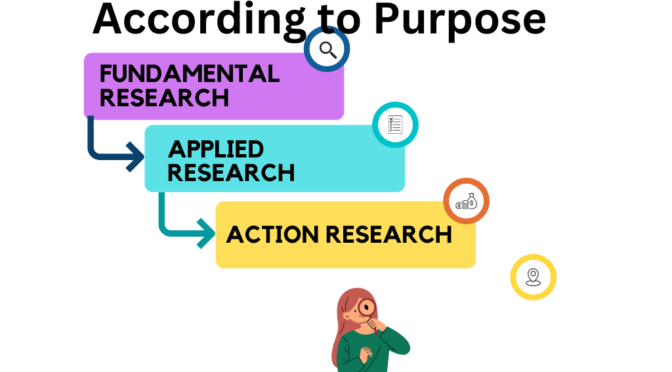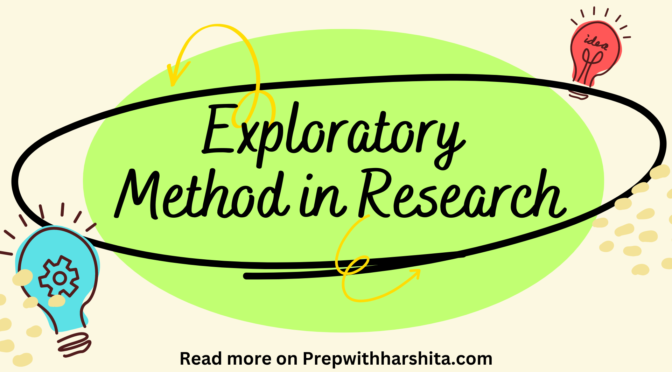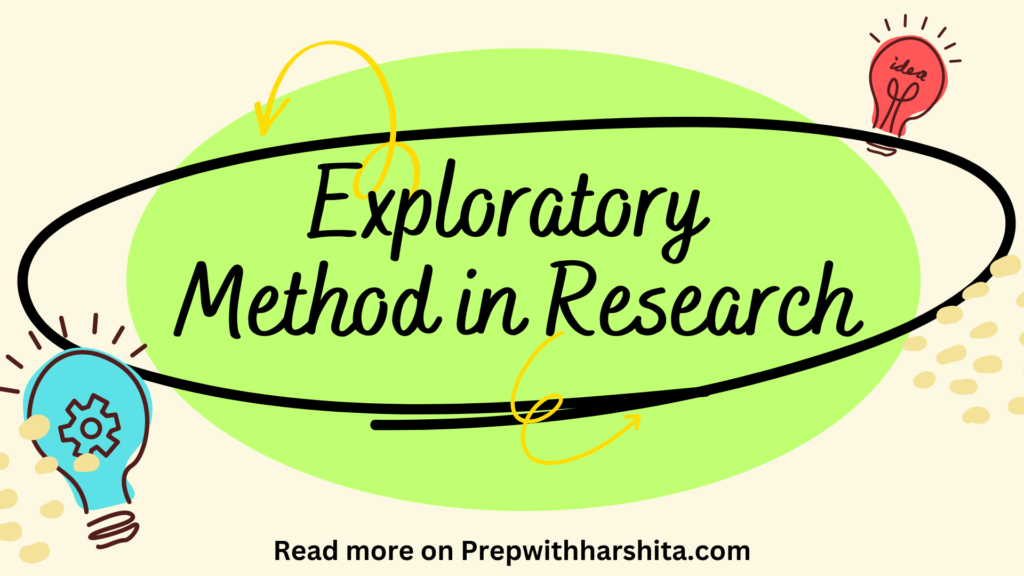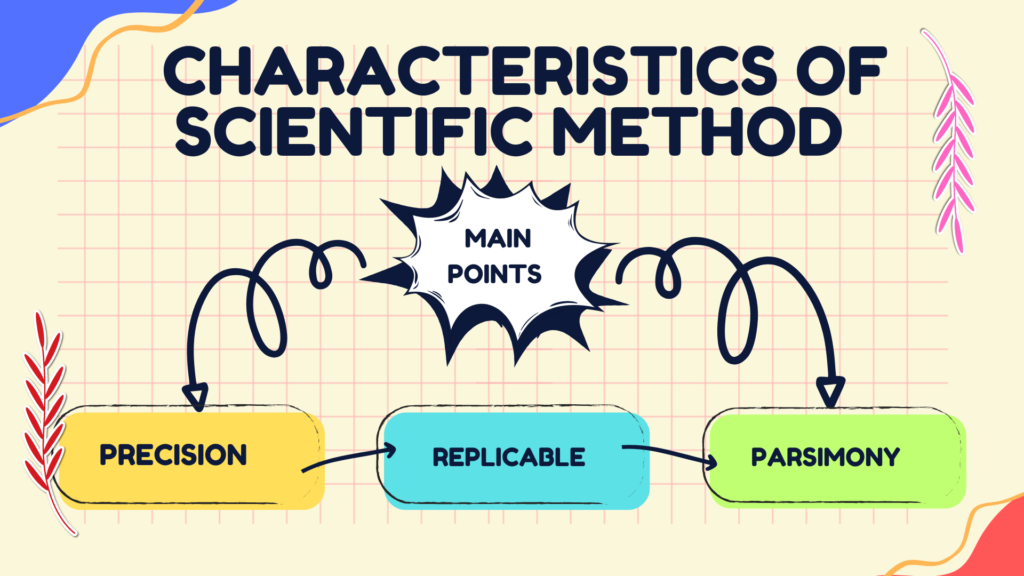The three main types of educational research according to purpose are fundamental, applied, and action research.
Fundamental research:
Fundamental research, also known as basic research, is focused on generating new knowledge and understanding of fundamental principles and concepts in the field of education. This type of research is primarily concerned with advancing theoretical knowledge and developing new concepts, theories, and models that can be used to inform educational practices. It is often conducted in universities and research institutions, and it involves the use of various research methods such as surveys, experiments, and case studies.
Fundamental research is important for laying the groundwork for applied research and for advancing the knowledge and understanding of key educational concepts and principles. It helps researchers and practitioners to better understand the underlying factors that contribute to successful educational outcomes and to develop new approaches and strategies for addressing educational challenges.
Applied research:
Applied research, also known as practical research, is focused on solving real-world problems and addressing specific issues in the field of education. This type of research is designed to produce practical and useful knowledge that can be applied in educational settings. It is often conducted in educational institutions, government agencies, and non-profit organizations, and it involves the use of various research methods such as surveys, experiments, and case studies.
Applied research is important for developing evidence-based practices and policies that can improve educational outcomes. It helps to identify effective strategies and interventions for addressing educational challenges and improving student learning. Examples of applied research include studies on the effectiveness of teaching methods, interventions for improving student motivation, and assessments of educational programs and policies.
Action research:
Action research is a type of research that is conducted by educators in their own classrooms or educational settings. The aim of action research is to improve teaching and learning outcomes by identifying and implementing effective strategies and practices. This type of research involves a cyclical process of planning, action, observation, and reflection, with the goal of improving educational practices and outcomes.
Action research is important for empowering educators to take an active role in improving educational outcomes in their own settings. It helps to build capacity among educators for identifying and addressing educational challenges and for implementing evidence-based practices. Examples of action research include studies on the effectiveness of different teaching strategies, the impact of technology on student learning, and the effectiveness of different assessment methods.
Also Read : Exploratory Method
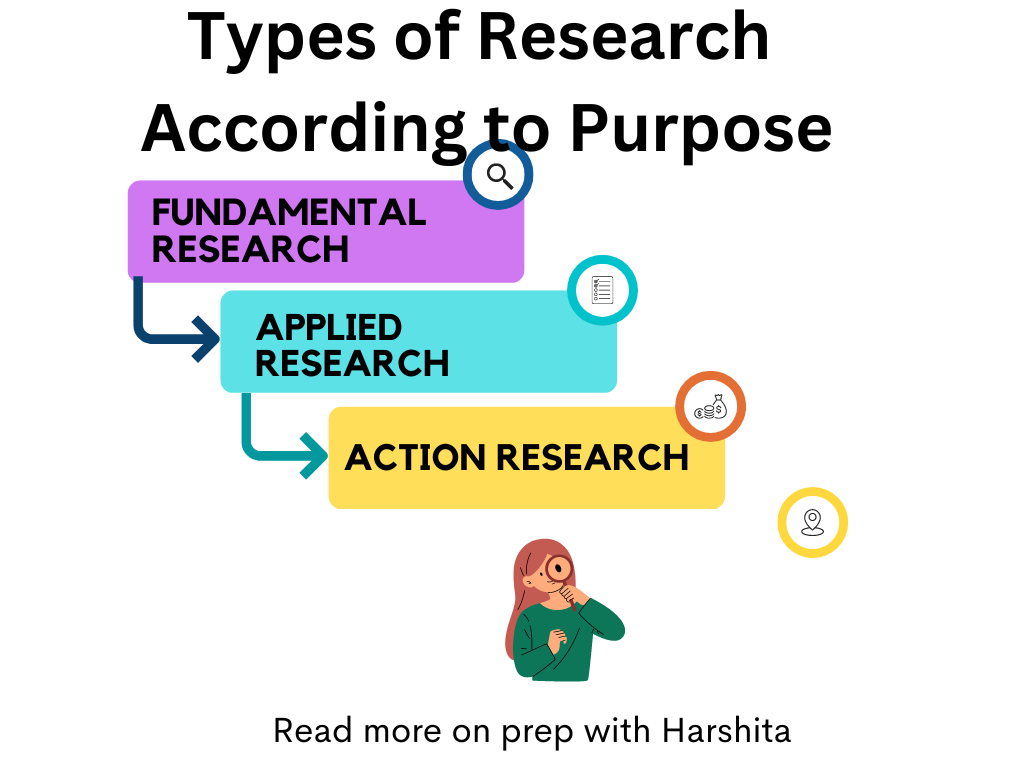
Types of Research according to purpose
Also Visit : Prep with Harshita

